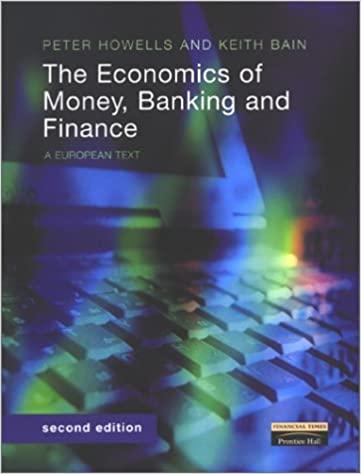Required: Determine the amount of tax liability in the following situations. In all cases, the taxpayer is using the filing status of married filing jointly. Use the appropriate Tax Tables or Tax Rate Schedules. a. Taxable income of $67147 that includes a qualified dividend of $605. b. Taxable income of $17,535 that includes a qualified dividend of $365. c. Taxable income of $152,400 that includes a qualified dividend of $4,570. (Round your intermediate computations to 2 decimal places and final answer to the nearest whole dollar amount.) d. Taxable income of $44.264 that includes a qualified dividend of $1,175. e. Taxable income of $280,429 that includes a qualified dividend of $17.681. (Round your intermediate computations to 2 decimal places and final answer to the nearest whole dollar amount.) (For all requirements, use the Tax Tables for taxpayers with taxable income under $100,000 and the Tax Rate Schedules for those with taxable income above $100,000.) Tax liability $ 7.595 $ 1.718 b C d $ 4,781 e. 2019 Federal Tax Rate Schedules Schedule X-Single But not over: If taxable income is over: $0 $9,700 $39,475 $84,200 $160,725 $204,100 $510,300 $9,700 $39,475 $84.200 $160,725 $204,100 $510,300 The tax is: 10% of taxable income $970.00 plus 12% of the excess over $9,700 $4,543.00 plus 22% of the excess over $39,475 $14,382.50 plus 24% of the excess over $84,200 $32.748.50 plus 32% of the excess over $160,725 $46,628.50 plus 35% of the excess over $204,100 $153,798.50 plus 37% of the excess over $510,300 Schedule Y-1-Married Filing Jointly or Qualifying Widow(er) taxable income is over: $0 $19,400 $78,950 $168,400 $321,450 $408,200 $612,350 But not over: The tax is: $19,400 10% of taxable income $78,950 $1,940.00 plus 12% of the excess over $19,400 $168,400 $9,086.00 plus 22% of the excess over $78,950 $321,450 $28,765.00 plus 24% of the excess over $168,400 $408.200 $65,497.00 plus 32% of the excess over $321,450 $612,350 $93,257.00 plus 35% of the excess over $408,200 $164,709.50 plus 37% of the excess over $612,350 Schedule Y-2-Married Filing Separately If taxable income is over: $0 $9,700 $39,475 $84,200 $160,725 $204,100 $306,175 But not over: $9,700 $39,475 $84,200 $160,725 $204,100 $306,175 The tax is: 10% of taxable income $970.00 plus 12% of the excess over $9,700 $4,543.00 plus 22% of the excess over $39,475 $14,382.50 plus 24% of the excess over $84,200 $32,748.50 plus 32% of the excess over $160,725 $46,628.50 plus 35% of the excess over $204,100 $82,354.75 plus 37% of the excess over $306,175








